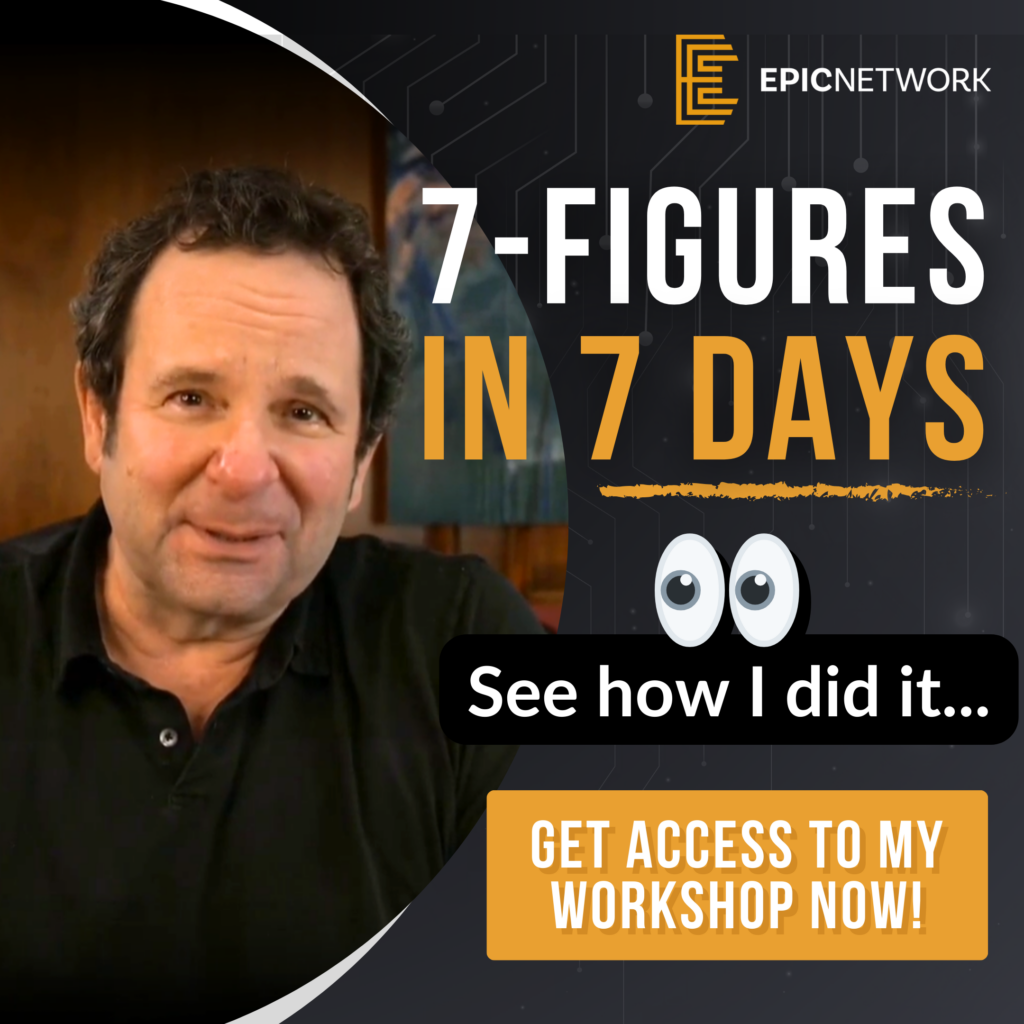
Mastering the ability to connect with business owners is a critical step in the acquisition process. Whether you’re targeting listed businesses or off-market opportunities, knowing how to approach owners effectively can make or break your success. This guide walks you through proven strategies to connect with business owners for acquisitions, including personalized outreach and strategic conversations.
Step 1: Start with Personalized Outreach
Connecting with business owners begins with making personalized contact. Here are several methods you can use:
1. Leverage Your Network
Ask your existing network for introductions. Business owners are more likely to engage if the contact comes via a trusted connection. You can also tap into online communities like LinkedIn groups or industry forums.
2. Write a Personalized Letter
Stand out by sending a physical letter. In a digital-first world, a well-crafted letter shows effort and grabs attention.
3. LinkedIn and Social Media
Send connection requests or direct messages on platforms like LinkedIn. Paid LinkedIn features, like InMail, can help you reach decision-makers even if you’re not already connected.
4. Cold Outreach
If you don’t have a warm connection, pick up the phone or send an email. While cold calling may seem daunting, a professional and empathetic approach can open doors.
5. Combine Tactics
For the best results, use a mix of these strategies. Start with a letter, follow up with an email, and then reach out via LinkedIn or phone for a live conversation.
Step 2: Build Rapport with the Seller
Once contact is made, focus on building rapport. Your goal is to establish trust and create an open line of communication.
The Seller Script
Use this script as a framework to guide your conversation:
- Introduce Yourself
- Example: “Hi, my name is [Your Name], and I’m an investor looking for opportunities in your industry.”
- Explain How You Found Them
- Example: “I found your business through public records and thought it might align with what I’m looking for.”
- Ask for Referrals
- Example: “I was wondering if you might know of anyone with a business like yours that could be for sale?”
This strategy subtly piques their interest—often leading them to consider whether they’d like to sell their own business.
- Qualify Yourself
- Example: “I’m an investor ready to buy within the next six months, and I’m specifically interested in businesses that meet [state acquisition criteria concisely].”
Step 3: Transition to a Live Conversation
The goal of your outreach is to move the conversation to a live interaction where you can gather more details. Depending on the owner’s preference, this could be a phone call, a video meeting, or an in-person discussion.
Here’s what to focus on:
- Learn About Their Business: Understand their motivation for selling and the business’s financial health.
- State Your Acquisition Criteria: Share what you’re looking for in a business, including size, industry, and location.
- Ask Thoughtful Questions: Build a deeper understanding of their business model and growth opportunities.
Why Personalized Outreach Works
Personalized outreach demonstrates professionalism and genuine interest. It also separates you from generic inquiries that business owners often receive.
- Warm Introductions: Build trust instantly.
- Letters and LinkedIn: Create a memorable first impression.
- Cold Outreach: Shows initiative and opens doors to new opportunities.
Additional Tips to Connect with Business Owners for Success
- Position Yourself as an Investor
Make it clear that you’re serious and ready to move forward. Update your LinkedIn profile to reflect your status as an investor. - Be Prepared for Objections
Some owners may be hesitant to discuss a sale. Stay patient and build rapport to keep the conversation going. - Follow Up
If the owner doesn’t respond immediately, send a polite follow-up message or call. Persistence often pays off.
Final Thoughts
Acquiring a business starts with connecting to the right people. By combining personalized outreach with thoughtful conversations, you’ll build relationships that lead to successful deals. Use the seller script and strategies outlined here to establish trust and move closer to securing your ideal business.
Additional Resources:
- Tips for Writing Effective Business Letters
- Cold Calling Strategies for Success
- How to Network for Business Opportunities
Ready to explore acquisition strategies that fit your needs?
Book a Free Strategy Session with the EPIC Network to discover customized solutions to support your success.










